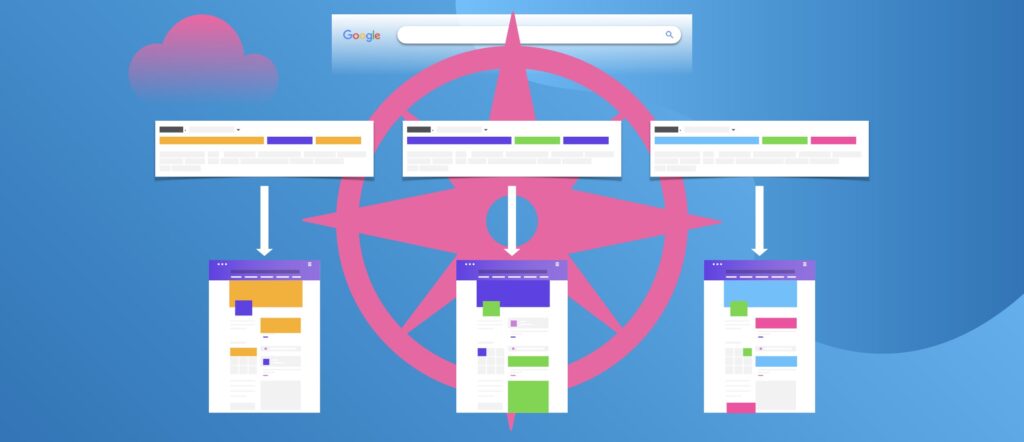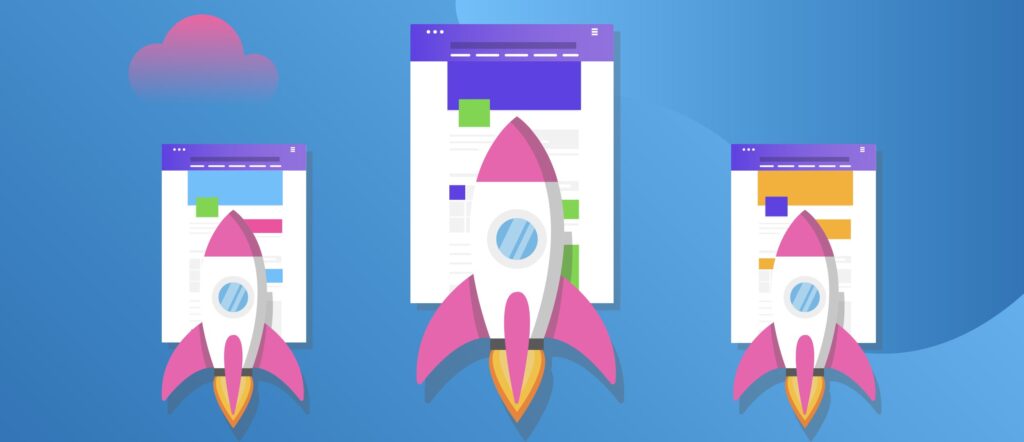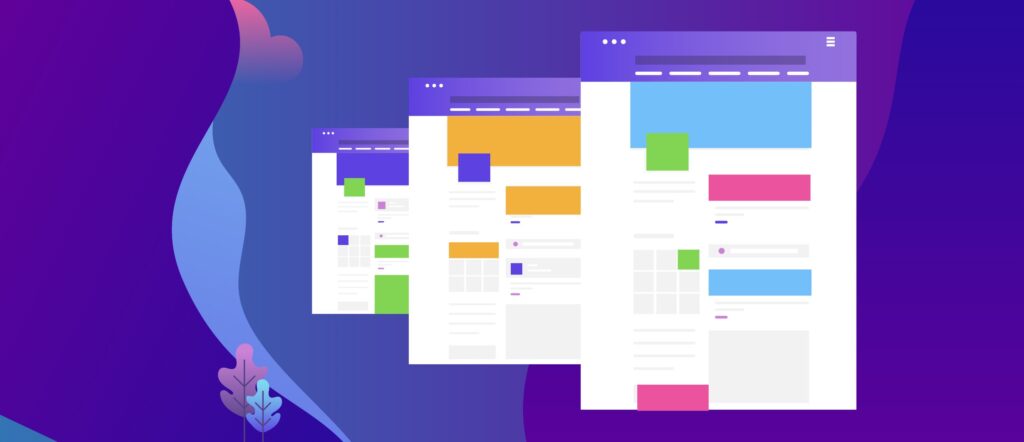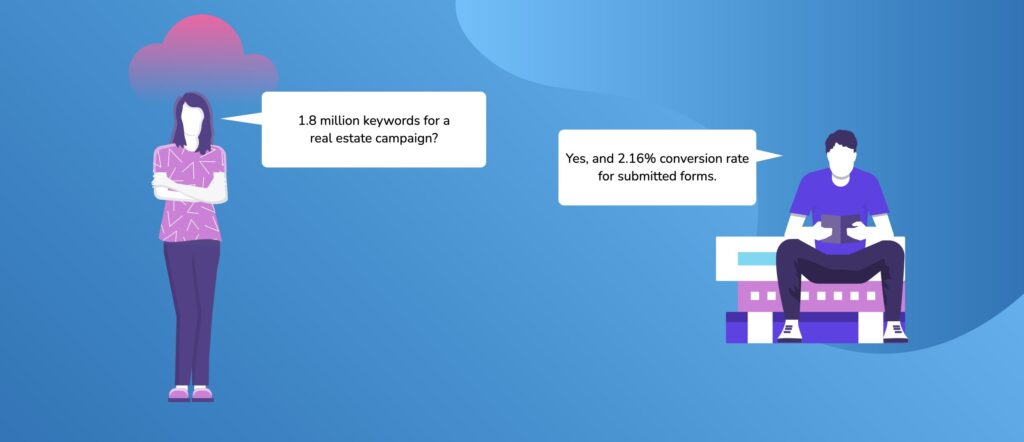
The Specifics of Landingpages for Navigational Search Queries
Essentially, search engines differentiate between three types of user search intentions: Transactional, Informational, and Navigational search queries. In the area of SEA (Search Engine Advertising), it’s particularly the navigational search queries that need to be answered very precisely at both the ads and landing page levels for a multitude of potential locations. This poses unique challenges for landing page design.
This article not only answers the question of what special requirements a navigational search query poses for the respective landing pages but also demonstrates how the effort to specifically cover each navigational search query from a broad spectrum of queries can be mastered.
Navigational Search Queries and Their Demarcation
The three main groups mentioned can be defined as follows:
Navigational search queries, the focus of this article, associate a product or service with a geographical location, such as searching for the newest boutique in Berlin. The peculiarity is that users often already have a general idea of where they want to navigate, but are uncertain about the exact location. In contrast, informational search queries focus on research where users look for more information about a product or topic. Their requirements can vary greatly depending on the query. Transactional search queries, on the other hand, directly relate to the purchase of a product or service and offer high conversion potential because they are easy to use. This makes them – at least initially – very attractive to advertisers.
Challenges for Navigational Landing Pages
The desired content not only varies from search intention to search intention but also within the navigational category, as ideally, for example, every request for a city must be matched with the appropriate navigation. This leads to some challenges in the SEA sector when trying to display the most suitable content for navigational search queries.
Regarding the Ads, this remains – quite literally – manageable, as the title can have a maximum of 3×30 characters and the body text 2×90 characters. However, on a landing page, such a restriction doesn’t exist, which greatly expands the possibilities for providing targeted navigation (and thus the evaluation of the content provided). Users might, for instance, desire detailed maps, directions to specific locations and branches, or comprehensive information about a sought-after facility nearby.
Features of the Navigational Landing Page
Designing a landing page for navigational search queries requires special attention to certain aspects in order to offer users an optimal experience. First and foremost, clarity and simplicity are crucial: the landing page should be designed without distractions so that users can immediately see that the navigational search query is being satisfied. Since many of these queries are made via mobile devices, especially when it comes to physical locations, mobile optimization is essential. This becomes even more important with the integration of a map, such as Google Maps. To provide users with the perfect solution, it’s also crucial to ensure fast loading times, as they want to reach their destination quickly. And finally, the landing page should be free from disruptive elements like pop-ups and other distractions, so users are not diverted from their main goal.
Effects on Campaign Performance
When the landing page is closely linked to the navigational search query, the performance of the campaign logically increases. If advertisers can achieve this, they will adapt their landing page content accordingly for each individual search query. With this approach, they achieve, for example, significantly longer dwell times and higher interaction rates compared to conventional campaigns.
On the other hand, the broader the keyword universe of an advertiser becomes – e.g., due to a diverse range of locations or services – the more challenging it becomes to provide targeted content. Generic landing pages intended for a broad keyword palette are no longer sufficient in such cases. For this reason, advertisers tend to focus on specific keyword combinations.
Lyftyfy Enables Highly Individual Landing Pages for Each Keyword
The campaign architecture of lyftyfy now allows for the first time the automated creation of tailor-made landing pages for any keyword diversity, thus minimizing the effort barrier. This SEA tool can create dynamic content for every possible keyword combination, so lyftyfy’s answer to the question of which keyword combinations should be played is simple: All. Whether it’s about a hundred, a thousand, or up to 4 million pages (the upper limit of Google), the workload remains constant.
Although lyftyfy creates all pages based on the same template to ensure consistency in corporate design, it still allows for the setting of specific content for each keyword and its combinations. This always produces a tailor-made and highly relevant landing page for each search query.
Therefore, campaigns with a multitude of navigational search queries are particularly suitable for lyftyfy – such as in areas like retail, tourism, or urban services – basically, anything that has a geographical reference or includes extensive location directories.


